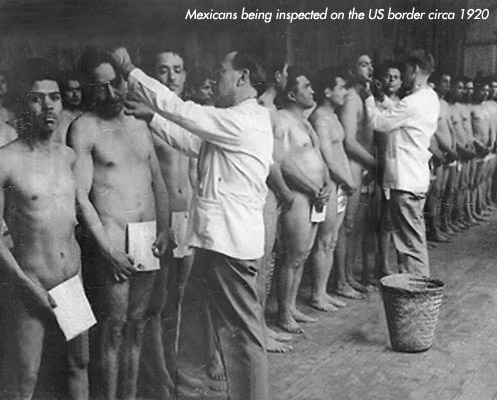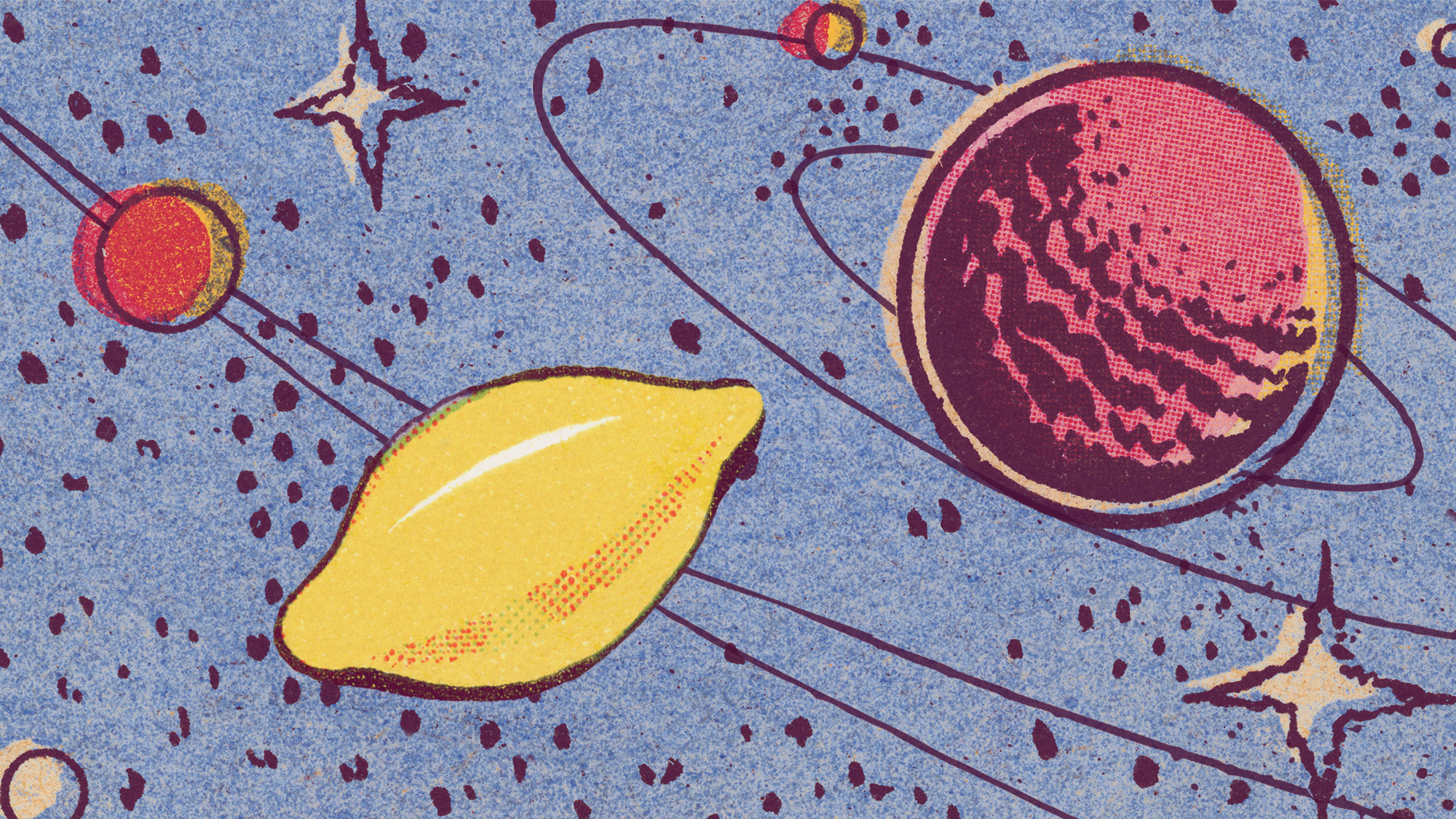How America inspired the Third Reich
The Nazis learned about Zyklon B from the US treatment of Mexicans

A brilliant new book by a Mexican-American historian documents how, in the Twenties and Thirties, the Nazis were inspired by what the United States had been doing to their Mexican neighbours since 1917.
In Ringside at the Revolution: An Underground Cultural History of El Paso and Juarez, David Dorado Romo establishes the US Immigration Department's systematic brutality along the Rio Grande border.
Mexican visitors were forced to strip naked and subjected to 'screening' (for homosexuality, low IQ, physical deformities like 'clubbed fingers') and to 'disinfection' with various toxic fumigants, including gasoline, kerosene, sulfuric acid, DDT and, after 1929, Zyklon-B (hydrocyanic acid) - the same gas used in the Holocaust's death camps.
The Week
Escape your echo chamber. Get the facts behind the news, plus analysis from multiple perspectives.

Sign up for The Week's Free Newsletters
From our morning news briefing to a weekly Good News Newsletter, get the best of The Week delivered directly to your inbox.
From our morning news briefing to a weekly Good News Newsletter, get the best of The Week delivered directly to your inbox.
The ostensible reason for the US fumigation was the fear of a typhus epidemic. Yet in 1916, the year before such 'baths' were enforced, only two cases of typhus had occurred in the poorest El Paso slum.
"This is a huge black hole in history," Romo told me. "Unfortunately, I only have oral histories and other anecdotal evidence about the harmful effects of the noxious chemicals used to disinfect and delouse the Mexican border crossers - including deaths, birth defects, cancer, etc. It may well go into the tens of thousands. It's incredible that absolutely no one, after all these years, has ever attempted to document this."
What Romo does have is shocking proof of the influence of US immigration techniques on Nazi thinking. Romo (below) quotes Hitler writing in 1924, "The American union itself... has established scientific criteria for immigration... making an immigrant's ability to set foot on American soil dependent on specific racial requirements on the one hand as well as a certain level of physical health of the individual himself."In 1938, three years before the first death camps of the Final Solution, Nazi chemist Dr Gerhard Peters published a full account, in German science journal Anzeiger fur Sahahlinskund, of the El Paso 'disinfection' plant. He included two photos and diagrams of the machinery which sprayed Zyklon B on railroad cars. (Peters went on to acquire Zyklon B's German patent.)
It should be noted that while the Americans sprayed their victims with toxic chemicals, they restricted use of Zyklon B to freight and clothes. As the Nazis understood, spraying it directly on a human caused almost immediate death. We can only guess what effect it had on the thousands of Mexican men, women and children who, after a 'bath' in DDT or gasoline, were sent away in clothes drenched with Zyklon B.
A free daily email with the biggest news stories of the day – and the best features from TheWeek.com
Romo's book comes at a time when Mexican immigration is at the top of the list of US political issues. There are 12m illegals in the United States by official count, and certainly twice that unofficially. Among the solutions is the right wing's vociferous call to build a 'Berlin wall' 2,000 miles long across the entire Rio Grande border.
Unsurprisingly, Mexican Americans hate this idea. Their memories - the emerging truth of Mexican-American history - and their votes seem certain to undermine it.
Ringside at the Revolution: An Underground Cultural History of El Paso and Juarez is published by Cinco Puntos Press.
-
 A lemon-shaped exoplanet is squeezing what we know about planet formation
A lemon-shaped exoplanet is squeezing what we know about planet formationUnder the radar It may be made from a former star
-
 Political cartoons for January 4
Political cartoons for January 4Cartoons Sunday's political cartoons include a resolution to learn a new language, and new names in Hades and on battleships
-
 The ultimate films of 2025 by genre
The ultimate films of 2025 by genreThe Week Recommends From comedies to thrillers, documentaries to animations, 2025 featured some unforgettable film moments
-
 How Bulgaria’s government fell amid mass protests
How Bulgaria’s government fell amid mass protestsThe Explainer The country’s prime minister resigned as part of the fallout
-
 Femicide: Italy’s newest crime
Femicide: Italy’s newest crimeThe Explainer Landmark law to criminalise murder of a woman as an ‘act of hatred’ or ‘subjugation’ but critics say Italy is still deeply patriarchal
-
 Brazil’s Bolsonaro behind bars after appeals run out
Brazil’s Bolsonaro behind bars after appeals run outSpeed Read He will serve 27 years in prison
-
 Americans traveling abroad face renewed criticism in the Trump era
Americans traveling abroad face renewed criticism in the Trump eraThe Explainer Some of Trump’s behavior has Americans being questioned
-
 Nigeria confused by Trump invasion threat
Nigeria confused by Trump invasion threatSpeed Read Trump has claimed the country is persecuting Christians
-
 Sanae Takaichi: Japan’s Iron Lady set to be the country’s first woman prime minister
Sanae Takaichi: Japan’s Iron Lady set to be the country’s first woman prime ministerIn the Spotlight Takaichi is a member of Japan’s conservative, nationalist Liberal Democratic Party
-
 Russia is ‘helping China’ prepare for an invasion of Taiwan
Russia is ‘helping China’ prepare for an invasion of TaiwanIn the Spotlight Russia is reportedly allowing China access to military training
-
 Interpol arrests hundreds in Africa-wide sextortion crackdown
Interpol arrests hundreds in Africa-wide sextortion crackdownIN THE SPOTLIGHT A series of stings disrupts major cybercrime operations as law enforcement estimates millions in losses from schemes designed to prey on lonely users